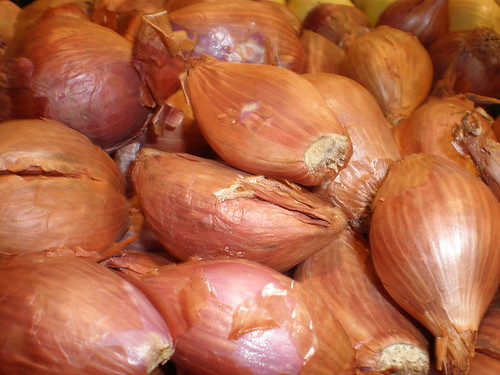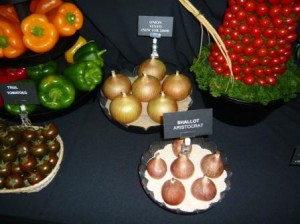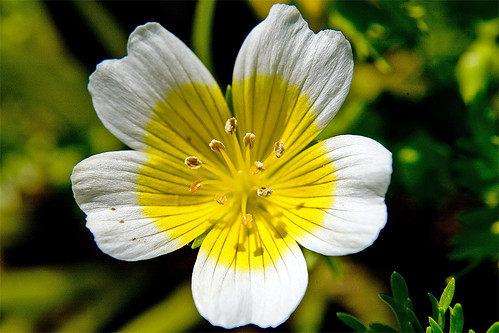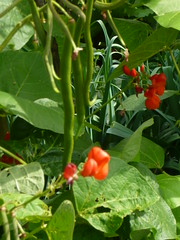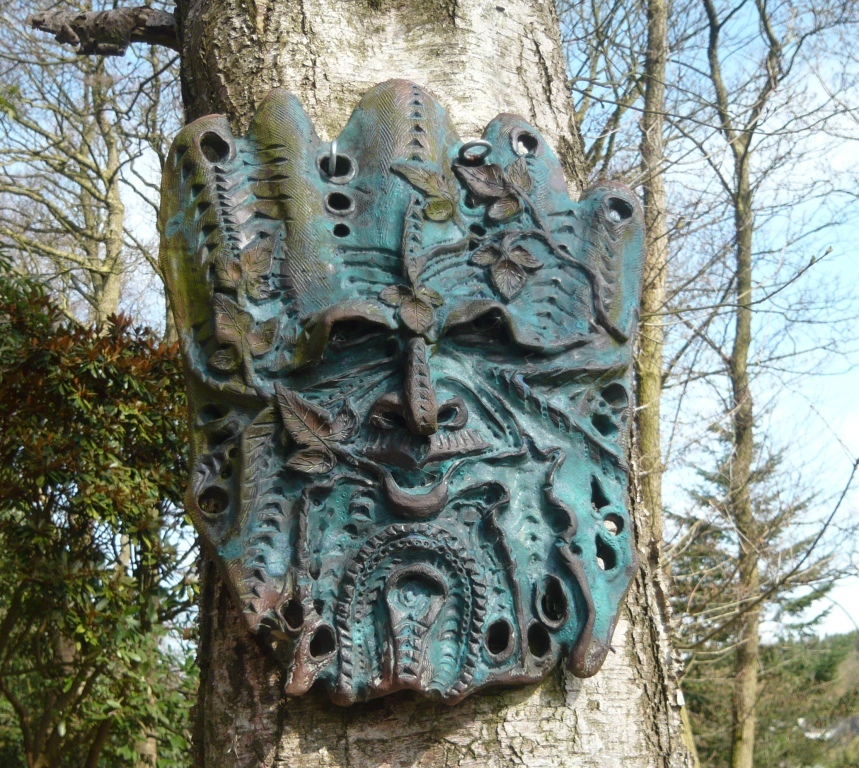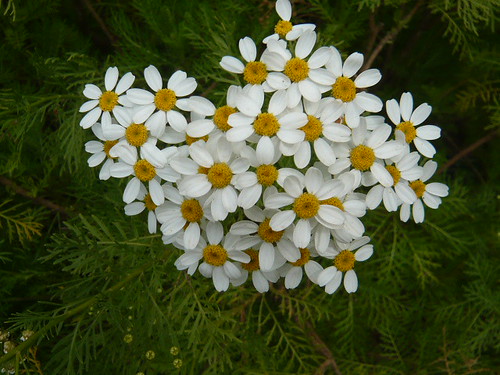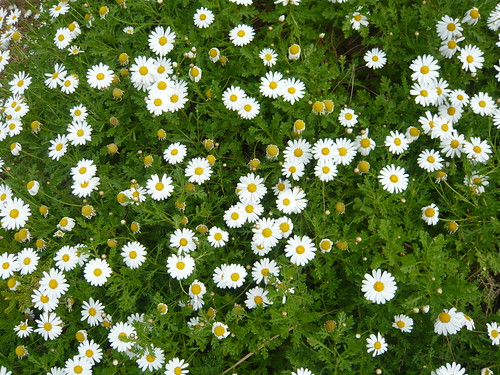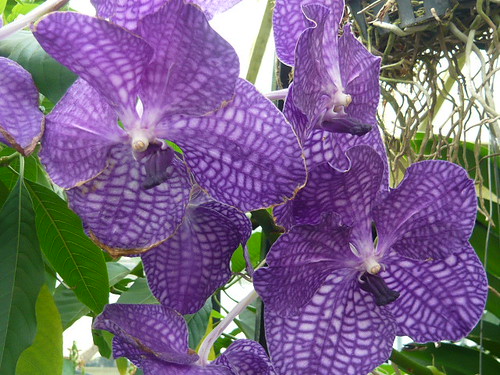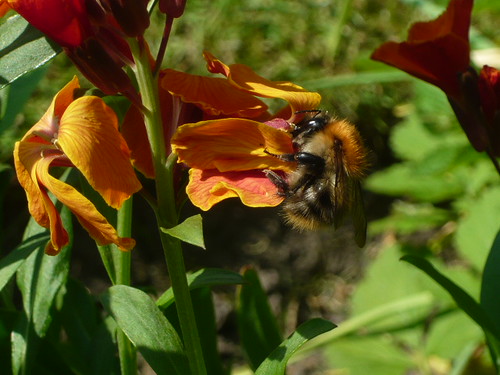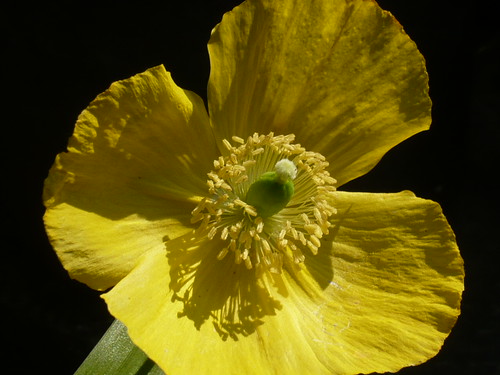Shallots for Showing
Many shows have 2 classes for Shallots. Small pickling Shallots and ‘Giants’.
Showing Shallots
- Grow Dutch Yellow for a ‘judge pleasing’ variety or raise Russian Red from seed.
- Display small shallots in bowls of sand, sawdust or special boxes for the ‘Giants’. The aim is to keep the bulb in formation.
- Pickling Shallots should be less than an inch across the waist and uniform.
- Harvest a few weeks before the show and ripen-off in the sun during the day, bringing them in during the evening.
- The end of May is a good time to thin Shallots being grown for showing. Carefully remove the center bulb from a cluster without disturbing the remainder.
Other Shallot Varieties
- Prisma F1, Golden Gourmet or Red Sun are even growers.
- Pesandor, Jermor and Vigarmor tend to be tubular shaped.
- Thompson Morgan have good supplies for next season. Place your order when you see what has won this years show.
Show Standards
- Local shows may have arbitrary judging standards for Shallots.
- The majority of bulbs often end up misshapen or bulging out, not having good form.
- The large exhibition type shallot is now awarded a maximum of 18 points because of the degree of difficulty in achieving a perfect specimen.
- In the RHS show handbook ‘shapely bulbs of good form” are considered best.
- The NVS judges guide goes even further and states that ‘single bulbs of good shape with circular outline’ are meritorious.
